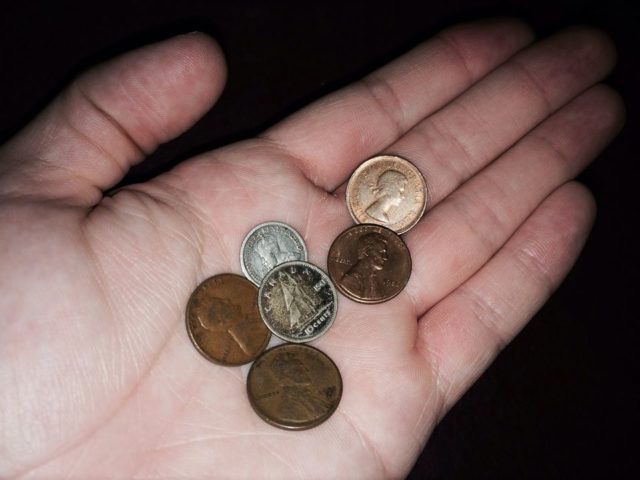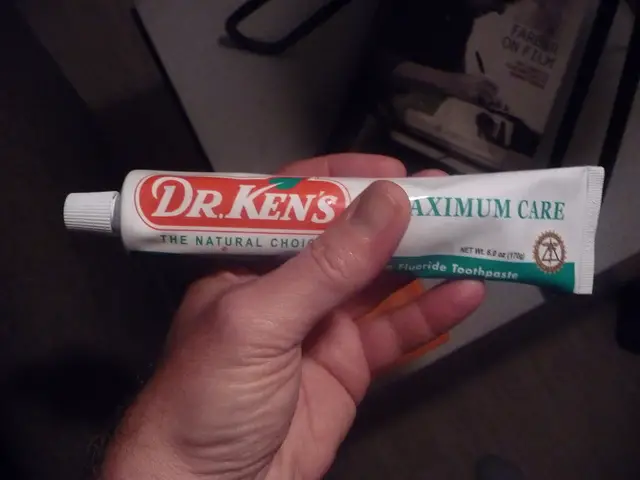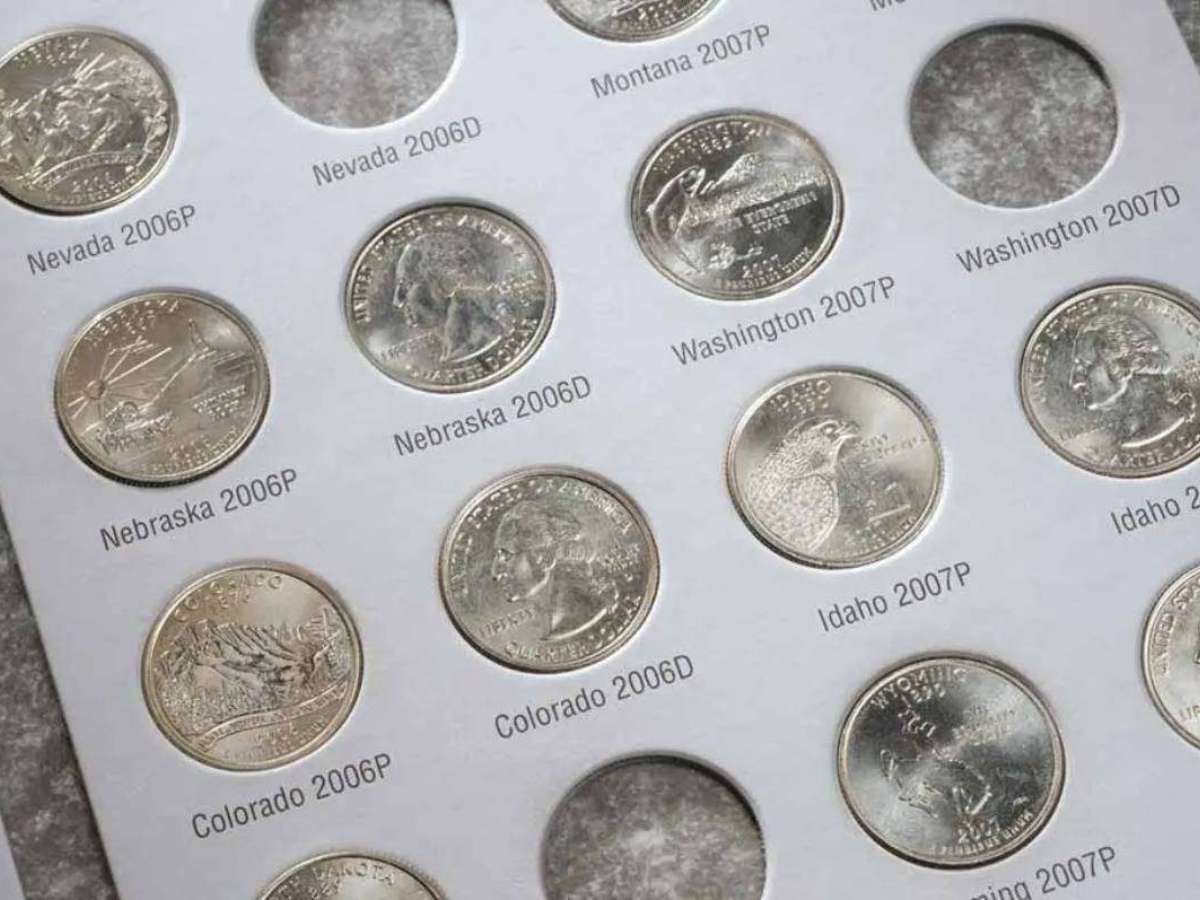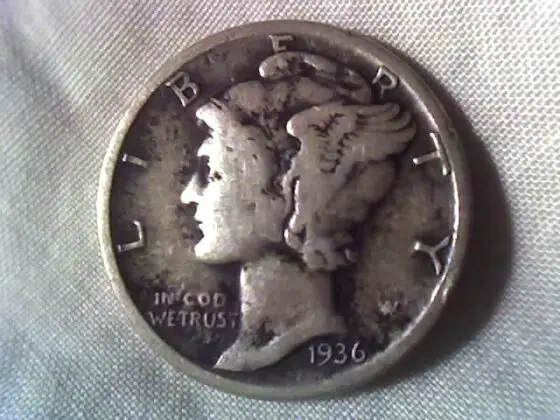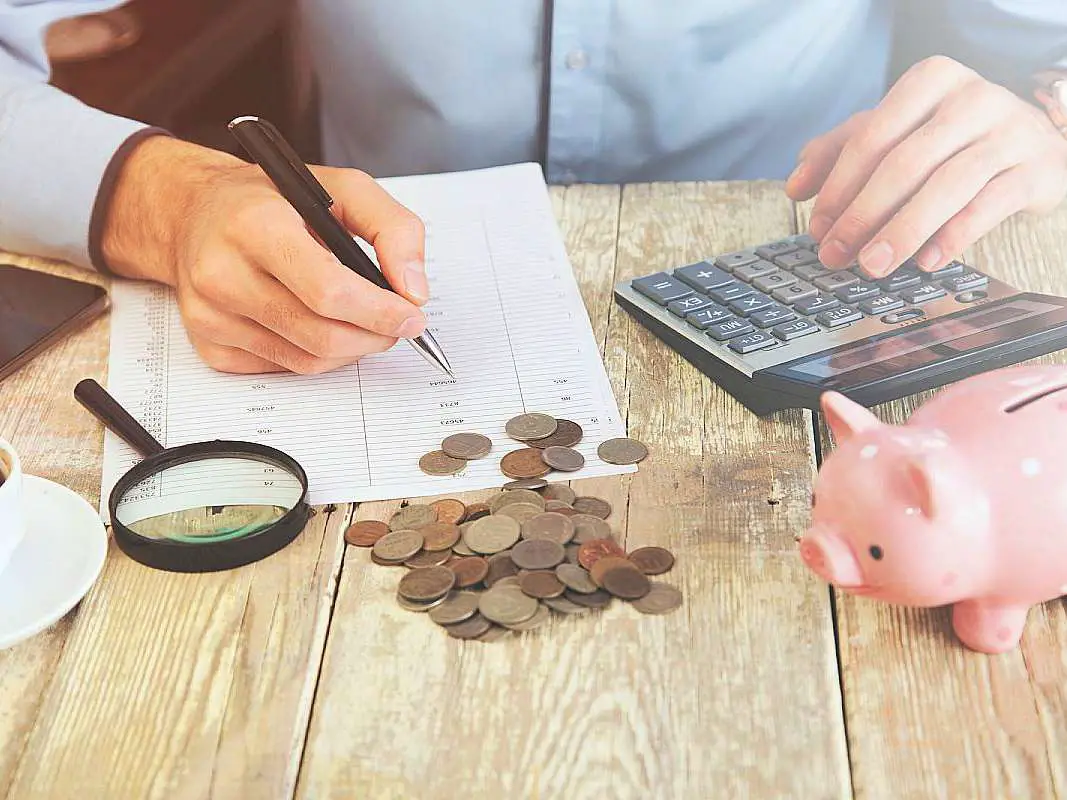I talk a lot about cleaned coins versus uncleaned coins here at The Fun Times Guide to Coins.
You may be wondering what the big fuss is about cleaning coins and perhaps ask yourself why most collectors don’t want cleaned coins.
Or, you may be trying to figure out what a cleaned coin looks like versus a regular, uncleaned coin.
If you fall into either of those two camps, this post is for you.
What Is A Cleaned Coin?
Okay, so you may be wondering what I’m referring to when I’m talking about a cleaned coin.
Cleaned coins are those that have been:
- Washed with soap, toothpaste, or baking soda
- Dipped in jewelry cleaner
- Soaked in ketchup, taco sauce, vinegar, lemon juice, or another acidic condiment
- Rinsed in bleach, motor oil, or grease
- Scrubbed with a pad, steel wool, or another type of abrasive cleaning implement
- Polished with any type of cleaner or rag
- Doctored in any way to alter the appearance of the finish
You’ll be surprised how many coins have been subjected to abuses from the above. Many coins from the 19th and early 20th centuries have met such fates, and they are only now becoming acceptable for the most scrutinizing of numismatists to collect again as these cleaned coins retone.
Most of those once-cleaned coins turn up in third-party certified slabs with the scarlet letter of a “net grade” or “cleaned” descriptor on their holder labels.
The bottom line is, if your coin has been altered by abrasive cleaners, chemicals, or otherwise as described above, it’s considered as cleaned.
But why is this bad?
Why It’s Bad To Clean Coins
Why do I always make such a big deal about cleaning coins and generally advise readers against it?
Because cleaning a coin removes its natural patina – the color and protective layer that forms on a coin over many years.
Most numismatists prefer that their coins have their original patina for the sake of originality.
What takes 50, 80, 100, or more years to naturally form on a coin be polished away within mere seconds by the mere rubbing of a baking soda-laced thumb over the fields and devices of an otherwise beautiful coin.
Not only does a cleaned coin lack originality, it also is devoid of a very thin layer of metal. You see, cleaning a coin strips off the very top layer of metal, which essentially damages the coin beyond repair.
Cleaning coins is a big numismatic no-no, and many fine, rare coins have been ruined over the years by numismatists who were attempting to “upgrade” the appearance of their older coins.
I can’t stress it enough – Don’t do it!
Bottom line — forget about trying to make your coin look “shiny and new.” Remember, when it comes to old coins, looking new is not good!
When And How You Can Safely Clean Coins
There are relatively few occasions when I’d ever suggest that cleaning a coin may be advisable:
- The coin has ugly and potentially damaging green polyvinylchloride (PVC) goo from an old plastic coin holder.
- The coin has loose dirt and debris on it.
- An ancient coin needs cleaning for proper attribution or identification.
Here are 3 safe methods for cleaning coins in the above scenarios:
- For a coin that has loose dirt and debris, hold it under gently running, tepid water for a few seconds and then pat — don’t rub — it dry with a soft cloth.
- If your coin has green PVC residue, you can remove it by carefully by dipping the coin in acetone for about 30 seconds, removing tough spots with a cotton swab, and letting the coin air dry. Warning, warning, warning… if you use the acetone method, be sure to wear latex gloves and only use the acetone in a well-ventilated area to avoid the fumes. Make sure you only use acetone from a hardware store. Most grocery store acetone is labeled as nail polish remover and has fragrances that can damage the coin surface.
- Clean your dirty ancient coins by letting them sit in distilled water for up to 7 days, then follow that up by letting them soak in regular olive oil for up to a month. This should yield really good results and help you avoid having to use more extreme measures such as using abrasives, heat, or strong chemicals.
How To Tell If A Coin Has Been Cleaned
Now that I’ve talked a bit about how coins are often cleaned and why it’s not advisable to “improve” the look of your coins, I can now tell you what you need to know in order to avoid buying cleaned coins.
- A cleaned coin will have a dull, bright look – one that on a well-circulated coin would seem unnatural.
- Old pennies that have been worn should not look bright orange and have flashy surfaces. Old, worn pennies should be medium to dark brown in color and have virtually no reflectivity on the surface at all.
- Old silver coins will look grey in color with darker patination around the devices, such as the lettering, date, and main design elements. A flashy, white silver coin that has clearly been worn is a clear giveaway that it has been cleaned.
- Uncirculated or about uncirculated coins should have lustrous surfaces and radiating lines that reflect shimmers of light in a cartwheel pattern as the coin is turned or rotated.
- The luster of a cleaned coin will be severely impaired, if not lost altogether. Therefore, if an uncirculated coin has been cleaned, the best way to tell is to see if it has any cartwheel luster. If it doesn’t, then don’t buy the coin.
Older coins that have been cleaned in the past may show evidence of a past cleaning in a few key ways:
- Crud around design elements and lettering
- Evidence of heavy, dark toning on some parts of the coin but not on others
- Dull appearance in the fields
How To Avoid Buying Cleaned Coins
Let me just tell you right off the bat that there is no such thing as a foolproof way to avoid buying a cleaned coin.
Sometimes, a cleaned coin is just deceptive enough as to avoid being caught. And sometimes a coin that was cleaned long ago may have regained enough patina to mask the old cleaning.
If you’re buying your coin from an online coin dealer or eBay:
- Only buy from individuals who show photos of the actual coin you’re bidding on.
- Make sure the seller has a good reputation score and has been selling coins for at least a year or two.
- Ensure the seller has a good return policy – 7 to 14 days is common.
- Ask the seller if the coin has been cleaned. If he or she doesn’t know or refuses to answer, move on.
- Buy slabbed coins that have been certified by reputable third-party coin companies like PCGS, NGC, or ANACS.
That last point, about buying coins that have been certified, should be taken with caution. Some holders have been faked or altered.
In the end, you still need to use your best judgment when buying slabbed coins or any coin – and always inspect each piece you buy with a coin loupe beforehand whenever possible.

